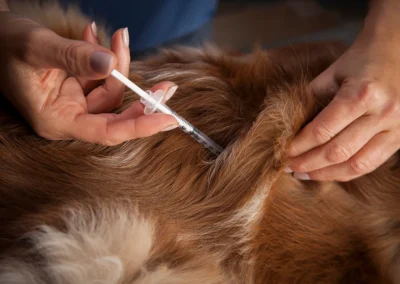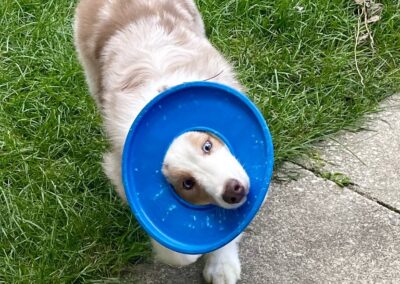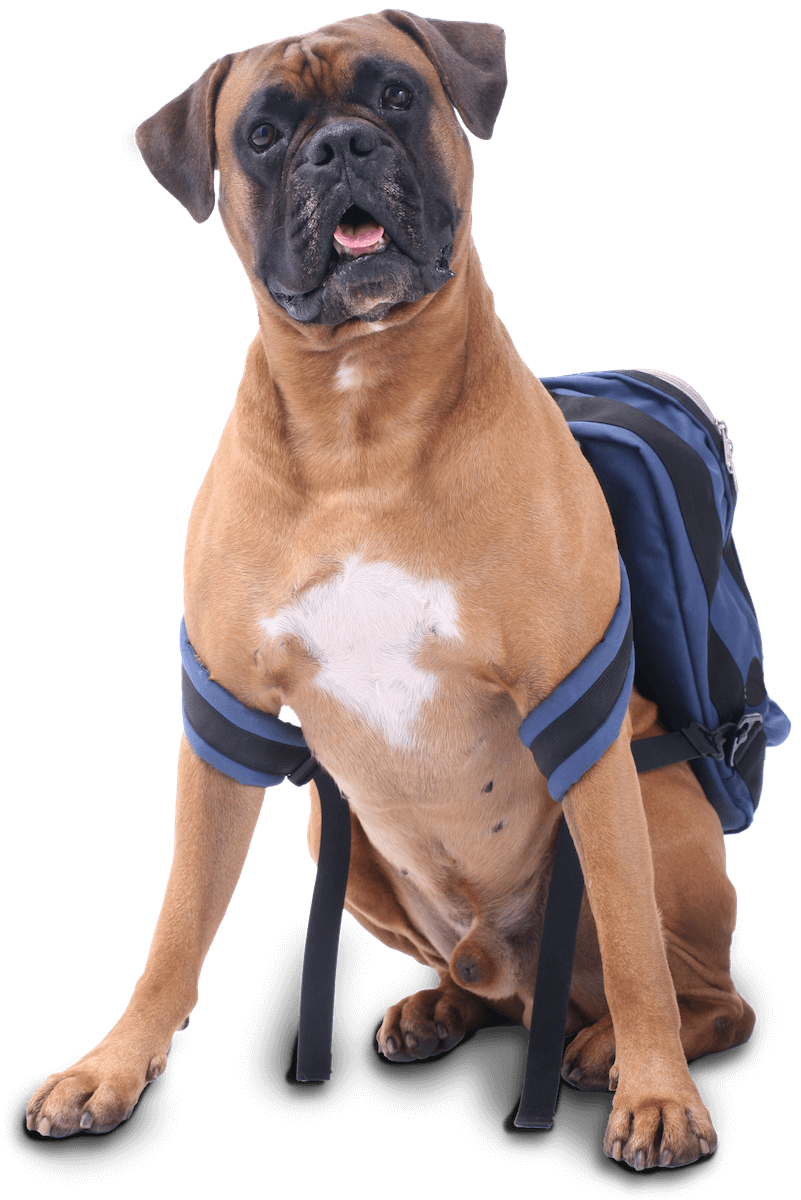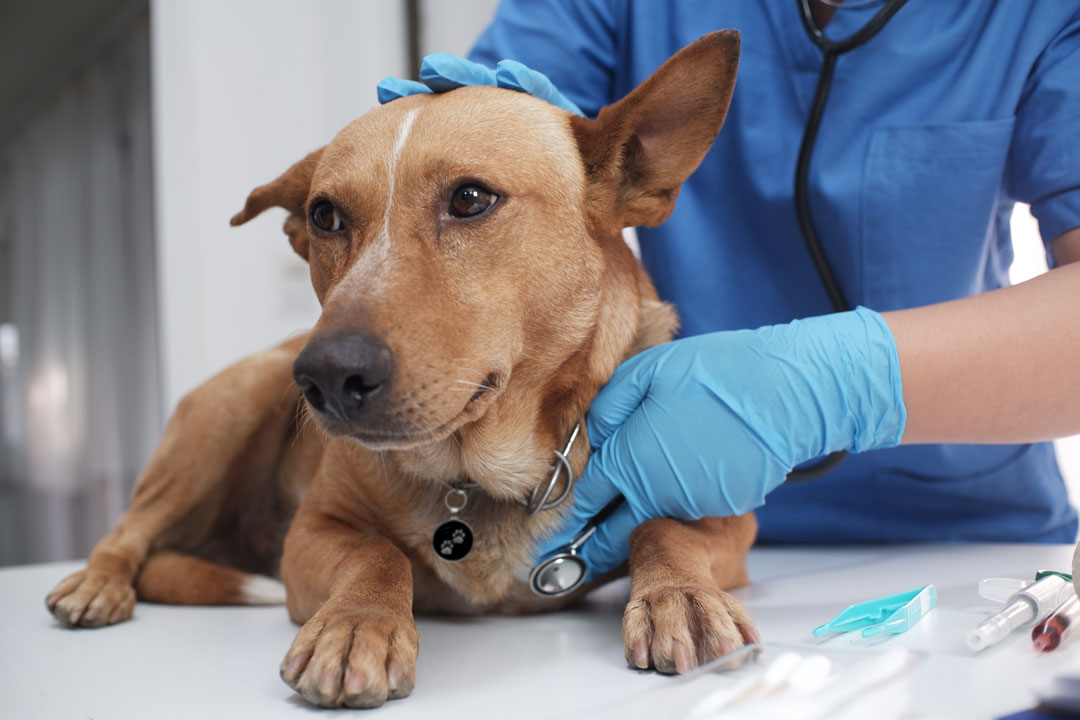
If your dog has recently been diagnosed with a portosystemic shunt (PSS), it’s completely normal to feel overwhelmed. This condition, often discovered when dogs are still puppies, can sound scary. But with early diagnosis and the right treatment plan, many dogs go on to live happy, healthy lives. Let’s break down what a portosystemic shunt is, which breeds are more likely to have them, how they’re diagnosed, and what treatment options are available.
What Is a Portosystemic Shunt?
A portosystemic shunt is an abnormal blood vessel that allows blood from the digestive tract to bypass the liver. Normally, blood from the intestines goes to the liver through the portal vein. There, the liver filters out toxins and processes nutrients. But with a shunt, some or all of that blood skips the liver entirely. As a result, toxins—like ammonia—that should be filtered out end up circulating throughout the body. This can cause a range of symptoms, especially affecting the brain.
There are two main types of shunts: congenital (present from birth) and acquired (develop later, often due to liver disease). In this post, we’ll focus mostly on congenital shunts, since they’re more common in young dogs.
Which Breeds Are at Risk?
Some dog breeds are more likely to be born with a portosystemic shunt. These include:
- Small breeds like Yorkshire Terriers, Maltese, Miniature Schnauzers, and Pugs
- Large breeds such as Irish Wolfhounds, Labrador Retrievers, and Golden Retrievers
In small breeds, the shunt is usually extrahepatic (outside the liver). In large breeds, it tends to be intrahepatic (inside the liver). Both types can cause similar symptoms, but they differ slightly in how they’re treated.
Common Symptoms
Most dogs with a PSS show signs by the time they’re a few months old. Symptoms may be subtle at first but often become more obvious with age or after eating. These may include:
- Stunted growth or failure to thrive
- Confusion or disorientation (especially after meals)
- Head pressing, circling, or seizures
- Vomiting or diarrhea
- Excessive drooling
- Strange behavior or lethargy
Sometimes, the first clue is a routine blood test that shows elevated liver enzymes or abnormal bile acid levels.
How is Diagnosed?
Diagnosing a portosystemic shunt typically starts with blood work and a bile acids test, which helps assess how well the liver is functioning. Elevated ammonia levels may also raise suspicion.
Imaging is key for confirming a shunt. Your veterinarian may recommend:
- Abdominal Ultrasound: helpful in experienced hands, especially for extrahepatic shunts — not performed often
- CT Scan (with contrast): provides detailed images of the shunt’s location and is often used before surgery — most common imaging preformed
- Nuclear Scintigraphy: a specialized imaging technique used in some referral centers — not preformed often
Treatment Options
There are two main approaches to managing a portosystemic shunt: surgical and medical.
Surgical Treatment
Surgery is considered the gold standard for many cases, especially if the shunt is extrahepatic and clearly visible. During the procedure, the abnormal vessel is slowly closed off using special devices (like an ameroid constrictor or cellophane band), allowing the liver to gradually take over its normal function.
While surgery has risks—especially with intrahepatic shunts—it offers the best chance for a cure. Most dogs that undergo successful surgery show significant improvement or complete resolution of symptoms.
Medical Management
If surgery isn’t an option, dogs can often be managed with a combination of:
- Low-Protein Diet: reduces the production of toxins
- Lactulose: a syrup that helps trap ammonia in the gut
- Antibiotics: to reduce bacteria that produce ammonia
Medical management doesn’t cure the shunt, but it can keep dogs comfortable and improve their quality of life.
What About Life Expectancy?
The outlook depends on the type of shunt and how it’s treated.
- With Surgery: Many dogs live normal or near-normal lives after recovery, especially if the shunt is diagnosed early.
- With Medical Treatment Alone: Dogs can still live several years with good quality of life, but they may need ongoing care and close monitoring.
Early detection and proper treatment make a big difference.
Final Thoughts
A portosystemic shunt diagnosis can be daunting, but you’re not alone. With the help of your veterinary team—and possibly a specialist in surgery or internal medicine—your dog can have a second chance at a vibrant, healthy life. As with many conditions, knowledge and early intervention are key.
If you have questions or concerns about your pet’s health, never hesitate to reach out to your vet. We’re here to help guide you and your pup every step of the way.

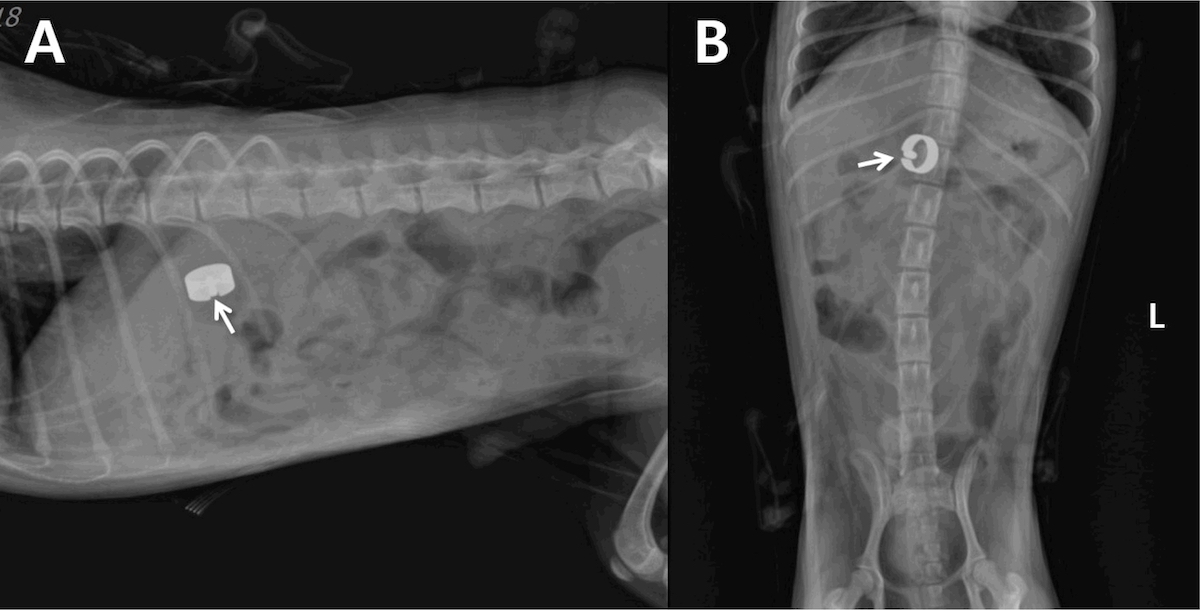
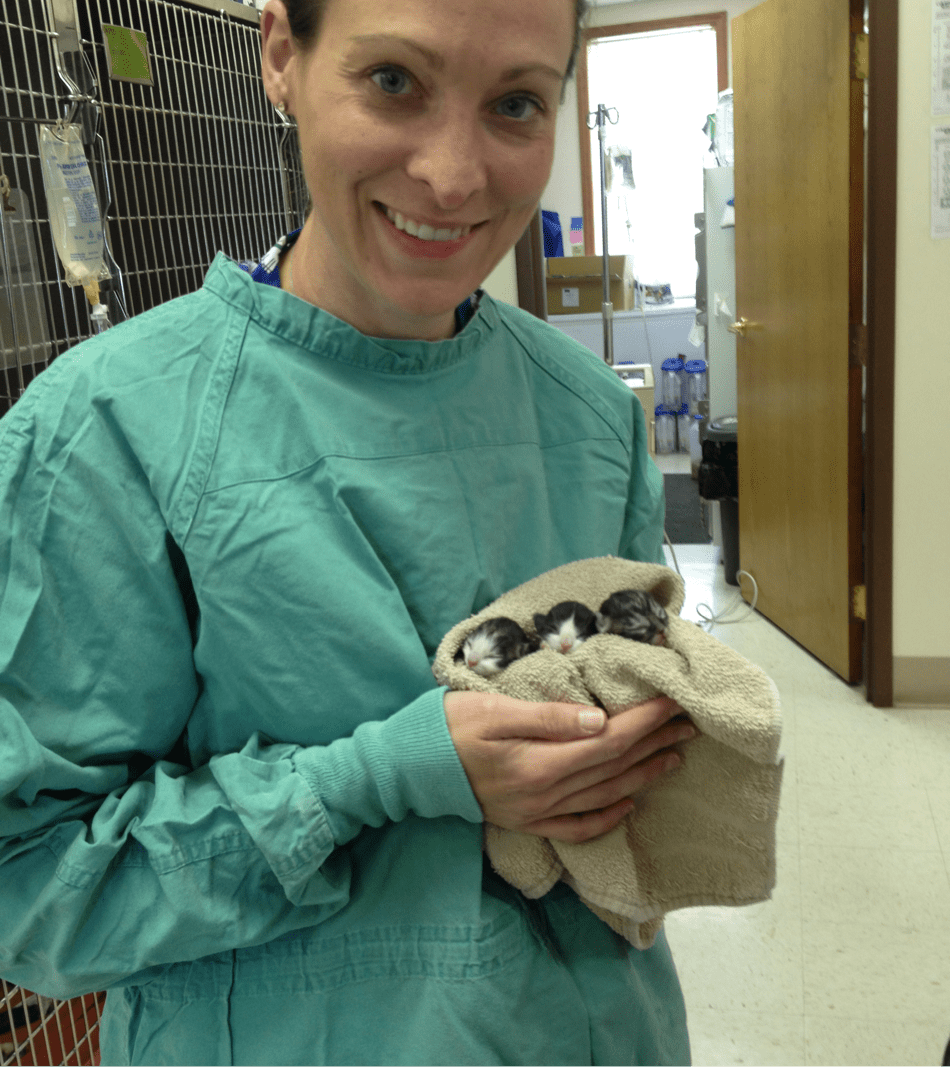 Barks & Recreation is proud to feature Dr. Eileen Savier CVA, CVCH as our Veterinary Blogger in our “From the Vet” Series — offering information related to the health and welfare of your furry family members! Currently part of the team of doctors at Keystone Veterinary Clinic, Dr. Savier is a 2012 Graduate of the Ross University School of Veterinary Medicine, She completed her clinical experience at The Ohio State University and after veterinary school she pursued further education and certification in Veterinary Acupuncture, Chinese Herbal Medicine, and Fear Free veterinary visits. Dr. Savier has a special interest in integrative medicine, animal behavior, and internal medicine and is committed to improving animal health care by integrating Eastern and Western philosophies. She enjoys working with fearful & aggressive dogs and cats and she has had additional training in low stress handling techniques and encourages positive reinforcement during exams and procedures. Her clinical interests include pain management, animal behavior, geriatric patient care, and internal medicine.
Barks & Recreation is proud to feature Dr. Eileen Savier CVA, CVCH as our Veterinary Blogger in our “From the Vet” Series — offering information related to the health and welfare of your furry family members! Currently part of the team of doctors at Keystone Veterinary Clinic, Dr. Savier is a 2012 Graduate of the Ross University School of Veterinary Medicine, She completed her clinical experience at The Ohio State University and after veterinary school she pursued further education and certification in Veterinary Acupuncture, Chinese Herbal Medicine, and Fear Free veterinary visits. Dr. Savier has a special interest in integrative medicine, animal behavior, and internal medicine and is committed to improving animal health care by integrating Eastern and Western philosophies. She enjoys working with fearful & aggressive dogs and cats and she has had additional training in low stress handling techniques and encourages positive reinforcement during exams and procedures. Her clinical interests include pain management, animal behavior, geriatric patient care, and internal medicine. Dr. Savier shares her home with two (soon to be three) dogs, two cats, and a toddler. She lovingly refers to her two dogs as Coconut Retrievers as they were rescue dogs she brought home from the island of St. Kitts. In her free time she enjoys spending time with her family, going to the beach, and planning her next Disney vacation.
Dr. Savier shares her home with two (soon to be three) dogs, two cats, and a toddler. She lovingly refers to her two dogs as Coconut Retrievers as they were rescue dogs she brought home from the island of St. Kitts. In her free time she enjoys spending time with her family, going to the beach, and planning her next Disney vacation.